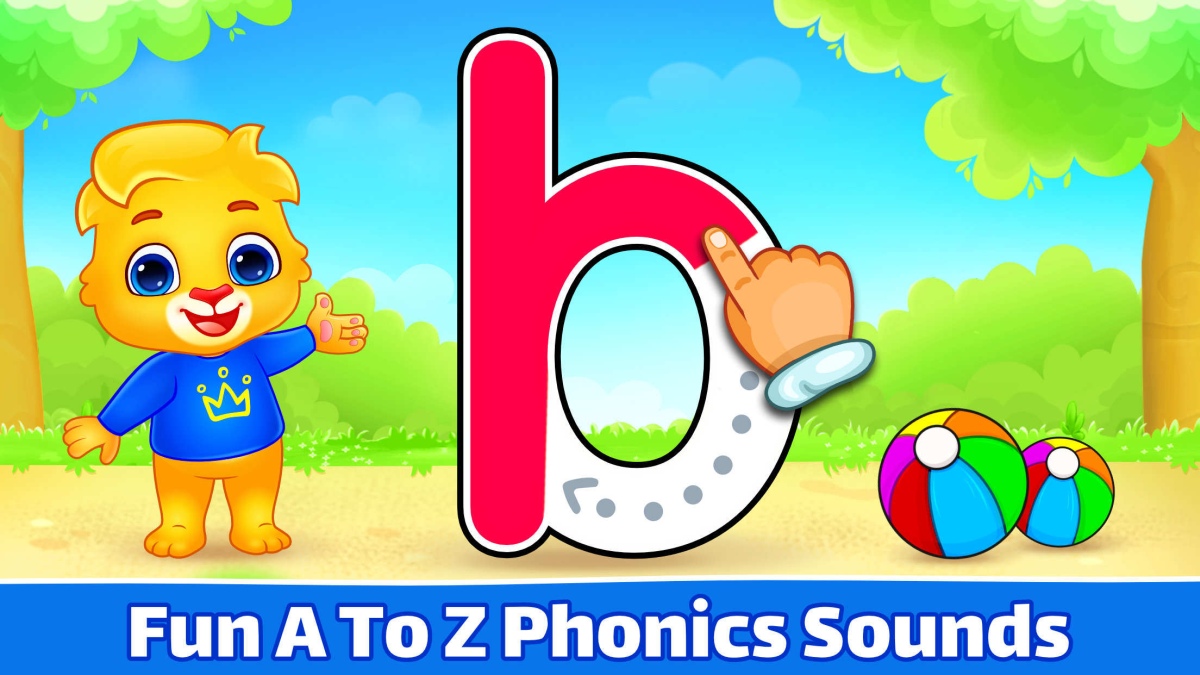
Gamification in Early Childhood Education: Learning Through Play
Transforming early education by making learning fun and engaging.As I walk into my preschool classroom, I'm greeted by a chorus of giggles and the sight of eager faces huddled around tablets. My students are completely engrossed in an educational game that's teaching them letter sounds, and they don't even realize they're learning. This scene perfectly captures the magic of gamification in early childhood education - a powerful approach that's transforming how we teach our youngest learners.
What is Gamification in Education?
Gamification is the art of applying game-like elements to non-game contexts, in this case, the classroom[1]. It's not just about playing games; it's about harnessing the engaging qualities of games to make learning more fun and effective. Instead of traditional worksheets or lectures, gamified lessons might involve quests, points, levels, and rewards - all designed to motivate and excite young minds.
The Psychology Behind Gamification
At its core, gamification taps into children's intrinsic motivation - that inner drive to explore, achieve, and have fun[1]. When learning feels like play, children enter a state of "flow," where they're fully immersed and time seems to fly by. I've seen this firsthand when my students are so focused on their math "quests" that they don't want to stop for recess!

Benefits of Gamification for Young Learners
The benefits of gamification in early education are truly remarkable. I've observed increased engagement and participation across the board, even from my shyest students[1]. Games provide immediate feedback, which helps children learn from mistakes without feeling discouraged. Problem-solving skills flourish as kids tackle increasingly complex challenges, and social-emotional learning gets a boost through collaborative gameplay[1].
Examples of Gamification in Preschools
In my preschool classroom, we use a variety of gamified approaches. One of our favorites is a phonics app that turns letter recognition into a treasure hunt. Children earn "gems" for correctly identifying sounds, which they can use to decorate their virtual treehouse. It's amazing how quickly they pick up early literacy skills when it feels like a game[2].

Gamification in Elementary Schools
As children progress to elementary school, gamification can become more sophisticated. Many schools are using platforms like Classcraft, which turns the entire classroom into a role-playing game. Students create avatars, go on quests, and earn powers for completing assignments and demonstrating good behavior[2]. It's a fantastic way to make subjects like history or science come alive.
Technology and Gamification
While technology plays a significant role in many gamified approaches, it's important to strike a balance. In my classroom, we alternate between digital games and hands-on activities to ensure a well-rounded experience. I've found that educational apps can be incredibly powerful tools, but they should complement rather than replace other forms of play-based learning[3].
Non-Digital Gamification Techniques
Not all gamification requires screens! Some of our most successful gamified lessons involve physical movement and tangible objects. For instance, we turned our math lesson on shapes into a scavenger hunt around the school. The excitement of finding "real-world triangles" was palpable, and the learning stuck in a way that worksheets never could[4].
Challenges and Concerns
Of course, gamification isn't without its challenges. There's always the risk of children becoming too focused on rewards rather than the learning itself. Additionally, not all games are created equal - it's crucial to choose high-quality, age-appropriate options that align with educational goals[5].
Case Studies
I've seen the power of gamification firsthand, but don't just take my word for it. A colleague at a nearby elementary school implemented a gamified reading program and saw average reading scores increase by 23% over the course of a year. Another school in our district used a math game called Prodigy and reported that 78% of students showed improved problem-solving skills[5].

Tips for Educators and Parents
If you're interested in incorporating gamification at home or in your classroom, start small. Look for educational apps recommended by trusted sources, or create simple reward systems for completing tasks. Remember, the goal is to make learning fun, not to turn everything into a competition[5].
The Future of Gamification in Early Education
As technology continues to evolve, so too will the possibilities for gamification in education. Virtual and augmented reality are already making their way into some classrooms, offering immersive learning experiences that were once the stuff of science fiction. Whatever the future holds, I'm excited to see how we can continue to harness the power of play to ignite a lifelong love of learning in our children[6].
References
- https://slejournal.springeropen.com/articles/10.1186/s40561-019-0085-2
- https://www.mdpi.com/2673-8392/3/4/89
- https://schoolofscholars.edu.in/blog/gamification-in-education/
- https://elearningindustry.com/gamification-for-learning-strategies-and-examples
- https://www.ncbi.nlm.nih.gov/pmc/articles/PMC10611935/
- https://www.frontiersin.org/journals/psychology/articles/10.3389/fpsyg.2024.1307881/pdf
Augmented Reality in Education: Beyond Gaming and into the Classroom






Comments
No comments yet. Be the first to comment!
Leave a Comment